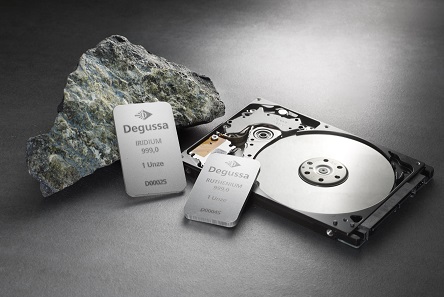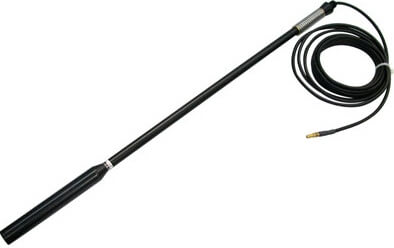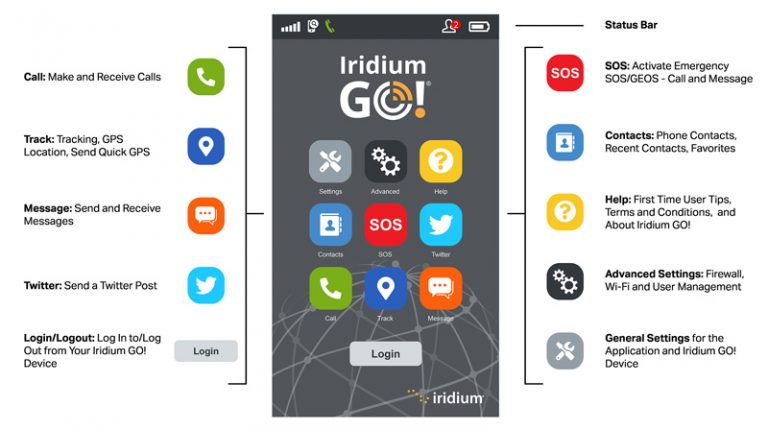

This in turn was replaced in 1889 at the initiative of the International Geodetic Association by thirty platinum-iridium bars kept across the globe. A new unit of length, the metre was introduced – defined as one ten-millionth of the shortest distance from the North Pole to the equator passing through Paris, assuming an Earth flattening of 1/334.įor practical purposes however, the standard metre was made available in the form of a platinum bar held in Paris.

As a base unit of length, many scientists had favoured the seconds pendulum (a pendulum with a half-period of one second) one century earlier, but this was rejected as it had been discovered that this length varied from place to place with local gravity, and that it could complement meridian arc measurements in determining the figure of the Earth. With the French Revolution (1789) came a desire to replace many features of the Ancien Régime, including the traditional units of measure.

Rather than the various complex systems of subdivision then in use, they also preferred a decimal system to ease their calculations. Increasingly accurate measurements were required, and scientists looked for measures that were universal and could be based on natural phenomena rather than royal decree or physical prototypes. The history of the metre starts with the Scientific Revolution that is considered to have begun with Nicolaus Copernicus's publication of De revolutionibus orbium coelestium in 1543. An early definition of the metre was one ten-millionth of the Earth quadrant, the distance from the North Pole to the Equator, measured along a meridian through Paris.


 0 kommentar(er)
0 kommentar(er)
